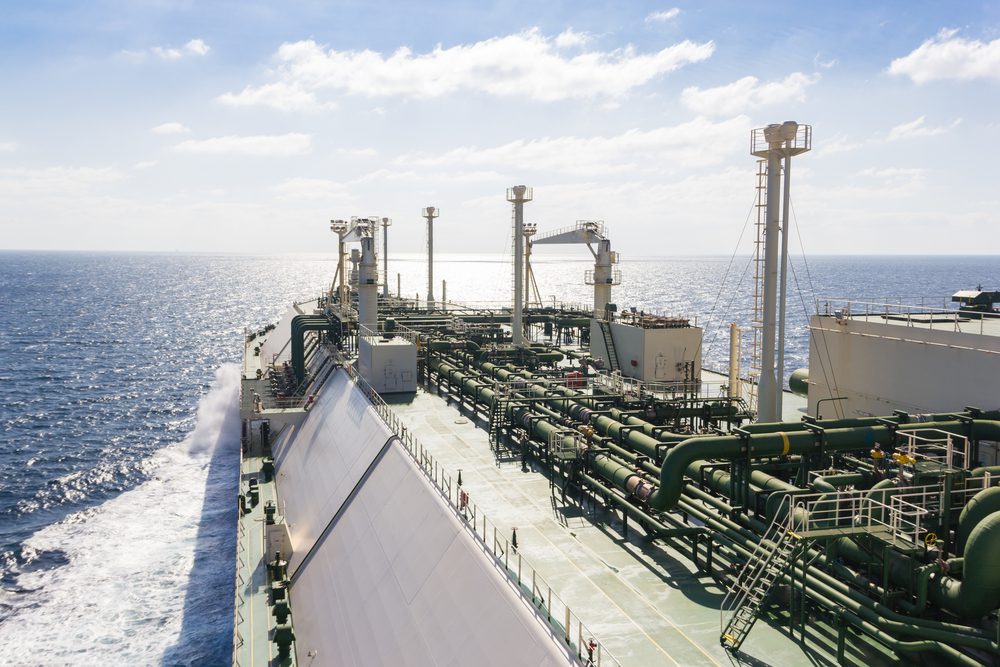A new concept challenges the operational need for tank entry and cleaning in chemical shipping
The practice of wall-wash testing (WWT) continues to provoke debate in the chemical tanker sector, especially where safety and environmental concerns intersect with operational convention. Capt Güner Kara, a serving chemical tanker master, has proposed a conceptual alternative that eliminates the need for tank cleaning altogether by separating the cargo from the tank itself.
Capt Kara questions the premise of tank washing and wall WWT. “Why are we doing wall wash testing? To maintain cargo quality. Why is cargo quality at risk? Because we have to wash the cargo tank,” he says. Based on his operational experience, he argues that the risks and costs involved in tank cleaning are often underestimated. “All this happens at 3am, in the cold Norwegian winds, in the middle of a storm,” he notes, describing a process involving days of preparation, mechanical uncertainty and extreme weather.
Capt Kara also draws attention to the limitations of current inspection practices. In his view, the validity of confined space sampling is questionable. “The tank is 10-m high. A small particle shows up and the analysis fails. Is this tank clean? Maybe only that corner is dirty,” he suggests. “Can we say that the entire 1,000-m3 tank is equally clean?”
“249,000 tonnes of cargo are discarded annually during tank washing, with a potential value of US$249M”
His proposed solution, the Covertainer concept, involves loading cargo into flexible internal bags placed inside the tank. These bags can be removed after discharge, and either reused or replaced. This, he argues, would eliminate the need for washing, inspection, and confined space entry. The ship, meanwhile, would operate on fixed routes, with cargo handling managed ashore. “The ship’s crew only monitors the operation and does ballast adjustments,” he explains.
Rubber bags of 250-m3 are already technically feasible, he claims. For non-hazardous applications, larger bags made from PVC or polyethylene could be deployed in retrofitted general cargo vessels. Capt Kara also calculates that widespread adoption could reduce product loss and waste. Using conservative assumptions, he estimates that 249,000 tonnes of cargo are discarded annually during tank washing, with a potential value of US$249M.
The proposal raises important questions. It is not yet clear how classification societies or insurers would view the safety and compliance implications. Nor is it certain how regulatory frameworks such as the IBC Code would address such a system. The long-term integrity of the bags under chemical exposure also remains to be evaluated.
However, the concept reinforces growing concern within the industry that existing practices are difficult to reconcile with modern expectations of safety and environmental stewardship. Capt Kara sees the need for change as urgent. “Tank washings are very harmful to the sea and not sustainable,” he says.






